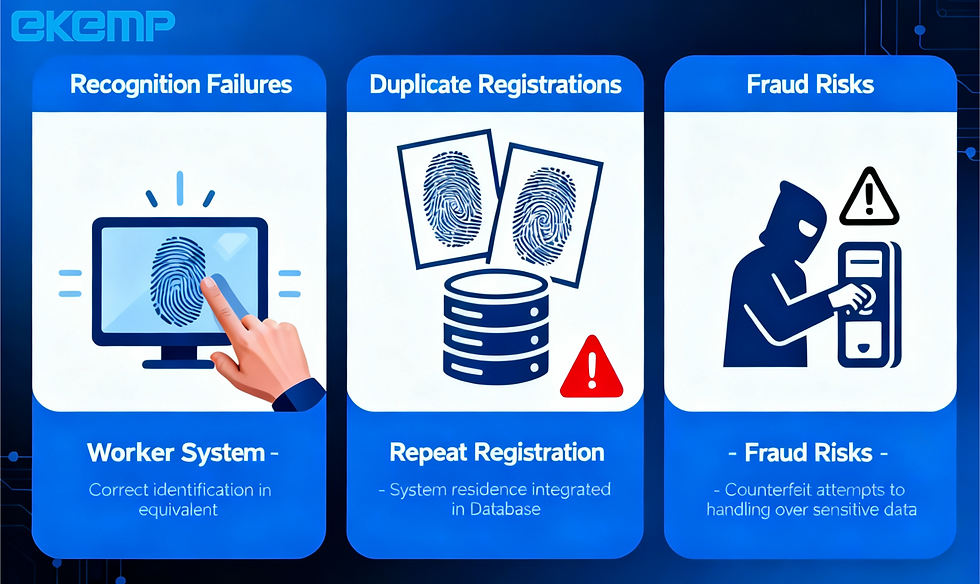ABIS Automated Biometric Identification System for Border Control
- Crystal Zhu
- Jun 4, 2021
- 3 min read
How to accurately identify a person’s true identity and protect the personal identity information security has become an important social problem that must be solved in the current society. The biometric identification technology has been recognized for its unique identification methods. At the same time, as the number of people entering and exiting the country has increased geometrically and the composition of the personnel is complex and diverse, the traditional data management model has been difficult to meet the requirements for the management of massive numbers of entry and exit data. On the one hand, the contradiction between smuggling and anti-smuggling is getting worse, optimizing data evaluation and analysis, and innovating border inspection management is urgent; on the other hand, the global anti-terrorism situation is becoming more and more serious, quickly and accurately positioning, eliminating hidden dangers in advance, and ensuring the life and safety of people.
Biometrics are not as easy to remember and decipher like passwords, nor are they easy to be stolen and transferred, so people think that biometric identification is easier to reveal, easy to recognize, and easy to distinguish. Biometric recognition technology refers to a technology that recognizes the identity based on the inherent characteristics of the human body, that is, through the combination of computers and high-tech means such as optics, acoustics, biosensors, and biostatistics, and the use of inherent biological characteristics of the human body to achieve Personal identification.
At present, the biometric recognition technology used in border control mainly includes fingerprint recognition, palmprint recognition, face recognition, iris recognition or their comprehensive application. The use of biometric technology in border control not only improves the security of the documents, but also effectively reduces the forgery of the documents or prevents illegal use by others, and provides important information for the border inspection agencies to identify the authenticity of the documents and the identity of the holder. At the same time, it also creates conditions for more convenient immigration services such as self-service customs clearance for entry and exit personnel, and improves the efficiency of customs clearance.
ABIS Automated Biometric Identification System in the application area, it mainly focuses on:

1. Passenger's security check
The biometric information of the passenger is added to the passport, the document text and the document photo information are obtained through the document reading machine, and the information is collected on the spot.
The inside equipment collects travelers’ portraits and fingerprints, and the system uses the certificate number and national status to retrieve and display the corresponding signature text information and portrait photos from the port’s valid signature database. When the inspector submits, the system not only compares the existing document text information, but also conducts identity verification at the same time, and whether the portrait fingerprints are consistent with the document text information.
2. Staff Identity Verification and Management
The access control system based on biometric technology can effectively prevent the hidden dangers of airport security caused by the loss or fraudulent use of staff certificates, and enhance the level of airport security management.
3. Second verification of identity at the boarding gate
Currently, there is no secondary identity authentication between the security checkpoint and the boarding gate. A biometric identification system can be installed at the boarding gate to prevent a small number of people from using this loophole to exchange flights and prevent smuggling and security incidents.
4. Intelligent video surveillance at the airport
Through video images, remotely monitor and analyze people's facial images and behaviors in order to find suspicious persons in time, and then take corresponding measures. In this application, the effective combination of biometric technology and intelligent monitoring technology enables airport security to be extended to dynamic and non-fixed locations, effectively improving airport security management and enhancing emergency response capabilities.






